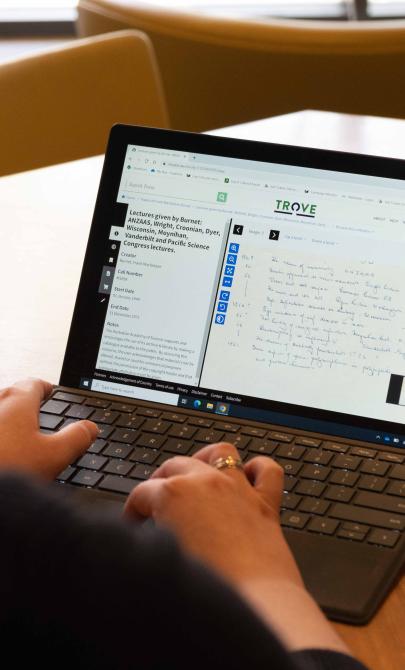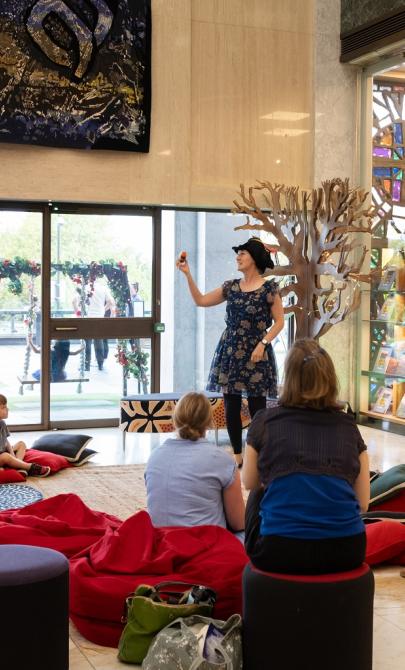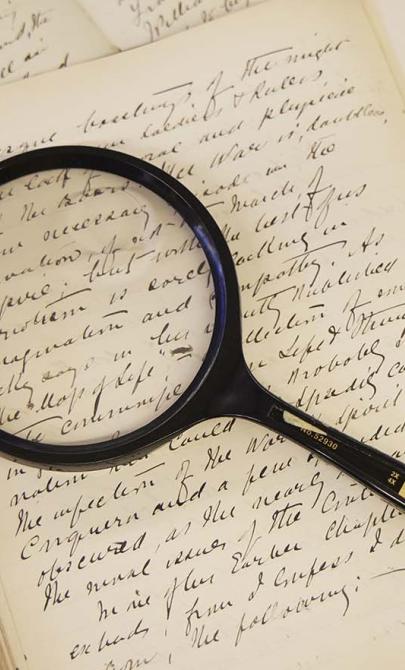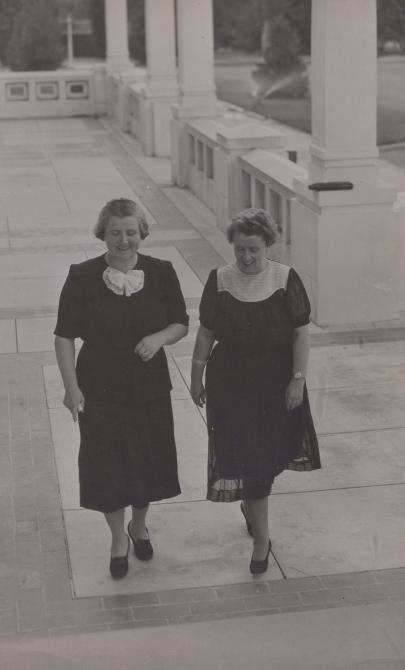Catherine Branson - Former judge and human rights lawyer
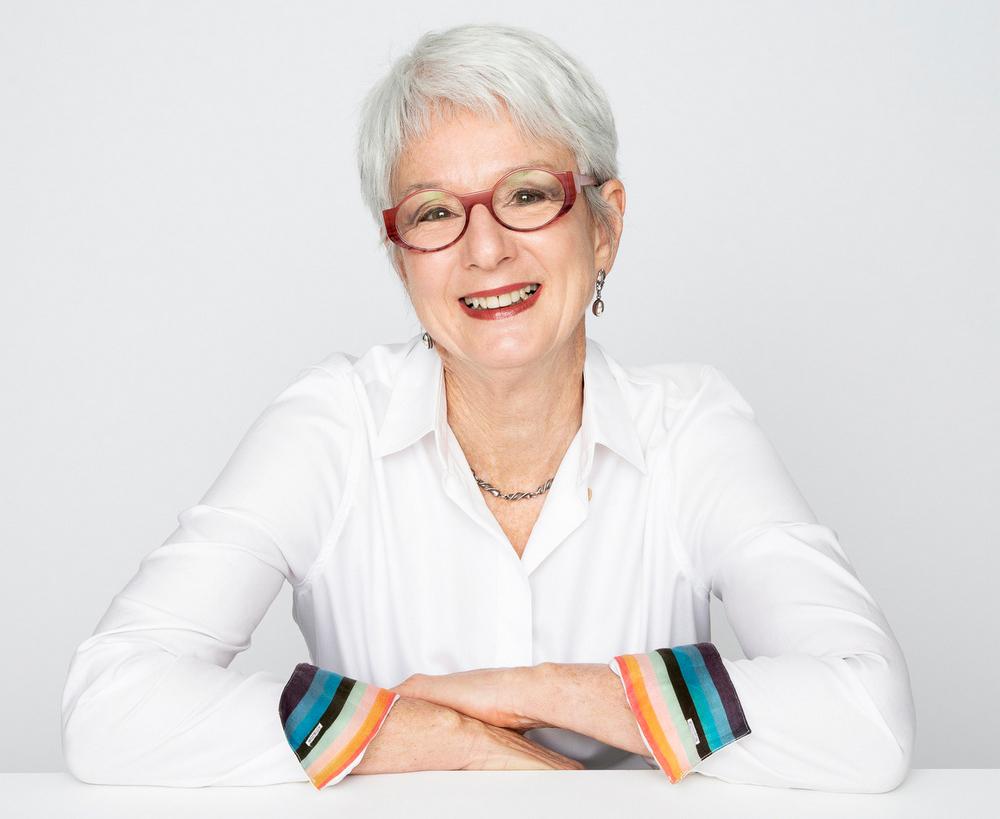
Catherine Branson
Catherine Branson
The Hon. Catherine Branson QC was raised on a farm near Hallett in the mid-north of South Australia. Born in 1948, her parents, Max and Barbara Rayner, brought her up to be resilient, independent and community minded. She was educated at government schools until she became a boarder at Presbyterian Girls' College (now Seymour College) in Adelaide from age 10. She attended the University of Adelaide, graduating with a Bachelor of Laws and later, a Bachelor of Arts. Branson’s role models were Roma Mitchell, the first woman in Australia to be appointed to the judiciary, and Mary Gaudron, Solicitor-General of New South Wales and later the first woman to serve on the bench of the High Court of Australia.
Early influences and international exposure
In 1972, following a stint as a tutor at the University of Adelaide's Law School, Branson travelled to the middle east, where she saw a Palestinian refugee camp in Beirut which had been there since 1948, her whole lifetime. This alerted her to the plight of refugees.
Catherine Branson - First encounters
In the United States, where she undertook voluntary legal aid work in Pontiac, Michigan, brought her face-to-face with extreme social disadvantage borne by her mostly African American clients. These experiences sparked what would be a lasting interest in human rights.
Content warning: family and domestic violence
This audio includes discussion about family and domestic violence that may be distressing.
Catherine Branson - A segregated dynamic
Returning to Australia in 1973, Branson began articles of clerkship and completed her arts degree. In 1977, she entered the Department of Legal Services in South Australia, taking up a role as research assistant with the then Solicitor-General, Brian Cox QC.
A year later, Branson, practising as a solicitor, joined the Crown Solicitor's Office. Interested in gender and equal opportunity, she became a member of the National Women's Advisory Council, advising the Prime Minister on matters concerning women.
Leadership in human rights
In 2008, after a significant contribution as a Judge of the Federal Court of Australia from 1994-2008, Branson was appointed President of the Australian Human Rights Commission. As president she set priorities in a three-year plan to identify the biggest Human Rights issues facing Australia and to decide where the Commission could make a difference. The following year, she was appointed Human Rights commissioner. In her capacity as commissioner, she expressed her support for a federal charter of rights and was signatory to the Australian Council of Human Rights Agencies support for civil marriage for same-sex couples.
Catherine Branson - Supporting same-sex rights
Branson visited detention centre facilities on Christmas Island and others on the mainland, including Inverbrackie in South Australia. She found this the most distressing part of her job and believed that policy makers should be required to visit the facilities to witness the devastating effects of the implementation of their policy.
Catherine Branson - Visiting detention centres
She also appealed for mandatory detention and offshore processing on Christmas Island to cease. This would comply with the International Covenant on Civil and Political Rights.
Catherine Branson - Requirements for detention
Branson's involvement with the Human Rights Commission saw her participation in human rights matters in the broader Asia region. During her presidency she travelled to Vietnam to attend an Australia-Vietnam Human Rights Dialogue and to the Philippines to deliver the keynote address at the Australia-Philippines Policy Forum on Human Rights.
Advocacy and recognition
In addition to being a Fellow of the Australian Academy of Law, Branson was first a member of the Council of the University of Adelaide, becoming the Chancellor of the University in 2020, a Board member of Cancer Council SA; a member of the Advisory Board, Andrew & Renata Kaldor Centre for International Refugee Law; patron, NeuroSurgical Research Foundation and the Palya Fund; chair, South Australian Selection Panel, General Sir John Monash Scholarships; and a member of the Advisory Board, Public Law and Policy Research Unit, Adelaide Law School.
Interview and legacy
Catherine Branson was interviewed by Kim Rubenstein for the Trailblazing Women and the Law Oral History Project. The interview is accessible.
Learning activities
Activity 1: Facing the issues
Branson was a member of the National Women's Advisory Council. Using Trove, ask your students to explore the Council’s annual reports.
- What are significant issues facing Australian Women in the late 1970s and early 1980s?
- How did the Council gather information and present it?
Activity 2: Powers and limitations
Branson talks about visiting detention centre facilities as the President of the Australian Human Rights Commission. After listening to her talk about her experiences there, use Trove to view and read her reports.
- What are the apparent powers and limitations of International Law when dealing with mandatory detention?
Activity 3: Rights and recognition
Review resources:
- Australian Women Lawyers as Active Citizens
- Australian Women’s Register
- Australian Dictionary of Biography
Explore other Australian women who have worked to improve the rights and recognition of refugees, women and the rights and recognition of Australian Aboriginal and Torres Strait Islander communities.
Activity 4: Domestic and international
How did/do their professional lives operate in a domestic Australian context and how much of their professional life operates in an international context? See The International Stage: Australian women lawyers as active citizens.
Activity 5: Active citizenship
What does it mean to be an active citizen? See Australian Women Lawyers as Active Citizens.
